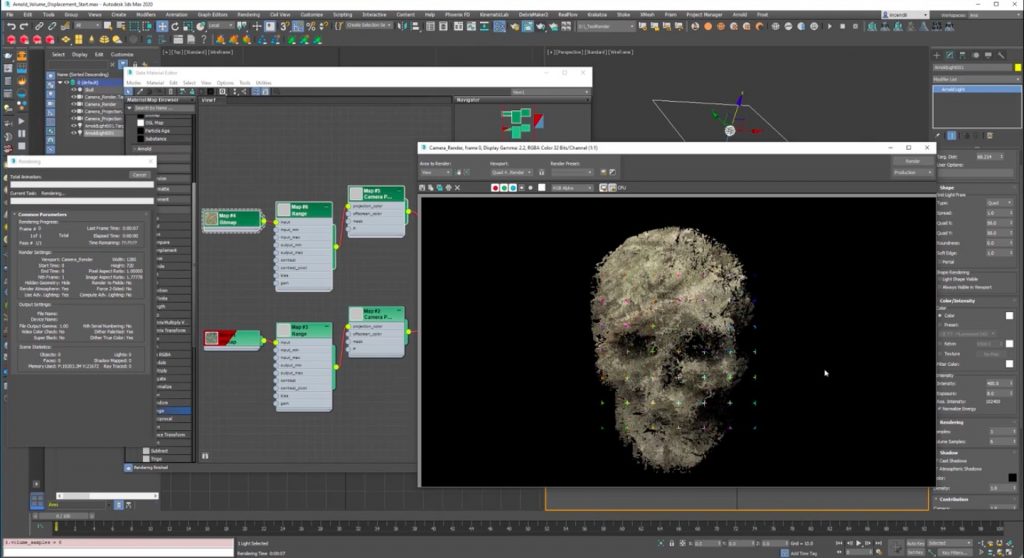

Updates to the 3ds Max, Cinema 4D, Houdini and Maya plugins tx texture files from source textures and the Arnold Standard Hair shader’s melanin_redness parameter now displays correctly in ACEScg colour space. Other new features include automatic generation of Arnold’s. Improvements to texture conversion and hair rendering In addition, the USD procedural now supports Alembic references and payloads, and cylinder lights. The update also continues to extend support for USD workflows, adding support for MaterialX shaders in both the USD procedural and the Hydra render delegate, used for viewport rendering in Maya and Houdini.īoth procedural and delegate also now support Imagers, the post effects nodes added Arnold 6.1. USD workflow: support for MaterialX shaders and Arnold Imagers GPU rendering is still only supported on Windows and Linux, and requires a Nvidia GPU.

Of Arnold’s host applications, the only one to do so is Cinema 4D, since Houdini, Katana and Maya all still use Rosetta emulation, although SideFX has released an experimental Apple Silicon build of Houdini.Īrnold for Cinema 4D (C4DtoA) is now available as a universal binary for current Apple Silicon Macs and older Intel-based Macs, as are kick, Arnold’s command-line rendering tool, and the Arnold library. The headline change in Arnold 7.1.4 is native support for Apple’s M-Series processors – the M1 and M2 chips in current Macs – for CPU rendering.Īccording to Autodesk, native M-Series support increases render speed by “up to 1.45x” over running Arnold in Apple’s Rosetta 2 emulation mode in DCC applications that also natively Apple Silicon. Native support for Apple’s M-Series processors in Arnold for Cinema 4D Autodesk has released Arnold 7.1.4, the latest version of the production renderer, adding native support for Apple’s M-Series processors, and improving USD workflow.


 0 kommentar(er)
0 kommentar(er)
